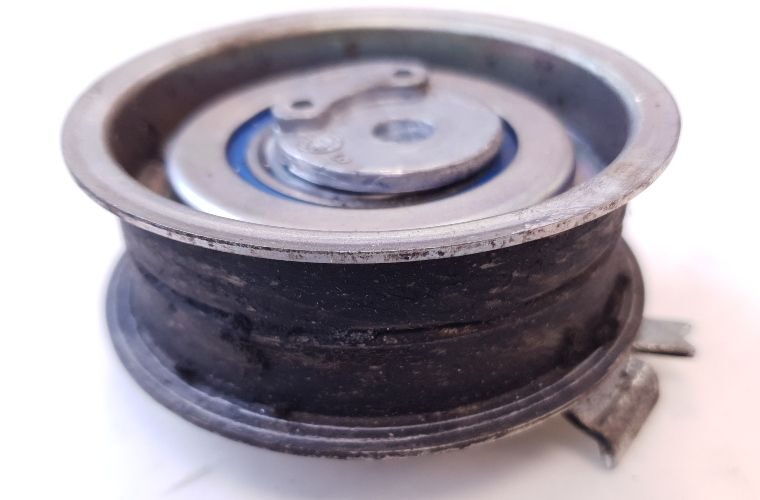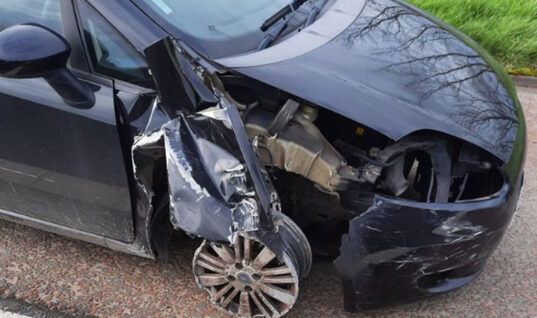A growing number of independent garages are coming up against timing belt replacement issues on synchronous belt drive systems (SBDS) fitted to 1.6L and 2.0L petrol engines in Audi, Seat, Skoda and Volkswagen models, Gates reports.
For a typical installation, mechanics require the Gates PowerGrip K015489XS kit (belt plus tensioner) or the Gates PowerGrip KP15489XS-1 kit or the KP15489XS-2 kit, all of which contain a belt, tensioner and the appropriate OE quality water pump for the particular application.
A Gates spokesperson said: “Once the timing belt installation is complete and the engine has run for a short time, some mechanics have reported a noise coming from the drive system.
“Often a clicking sound that is most noticeable in the warm up phase, the noise continues as the engine approaches operating temperature.
“If the problem persists, belts have been observed to shift from the central position on the tensioner pulley and then ‘track’ towards the flange.
“Unless corrected, this will inevitably lead to premature drive belt failure.”
Premature drive belt failure
Examinations by Gates engineers have established that the clicking sound is being created by the impact of the lever stop on the base plate stop; and is a clear installation error.
Where drive belts have failed prematurely, inspection of the pulleys shows black residue marks left behind by the belt.
The spokesperson added: “Black residue marks are evidence of excessive friction.
“When considered together, all of these facts point to incorrect tensioner set up.”
Analysis of similar incidents has revealed that in each case, the problems were in fact the result of common installation errors that were avoidable.
When replacing timing belts on any SBDS fitted to Skoda, VW, Audi and Seat models in the range equipped with 1.6L and 2.0L engines, Gates say two simple rules must always be applied.
Firstly, technicians should use the lug to position the tensioner in the precise position and, secondly, they should ensure they do not take “short cuts” during the tension setting cycle.
Tension setting cycle
The spokesperson added: “Belt tension is critical to the high performance of the engine.
“In order to achieve the correct tension on any SBDS fitted to these particular engines, mechanics must use an appropriate adjuster to set the tensioner according to the manufacturer’s fitting instructions.
“With the lug located in the slot and the tensioner confirmed as in the correct position, before your final tension adjustment, use the adjuster to turn the tensioner counter clockwise, until it stops.
“Use the adjuster to then turn the tensioner back to the original position.
Related: Everything you need to know about EV thermal management
“Repeat this cycle five times to enable the mechanism to adopt the optimum set-up position and ensure that the belt tension has been set correctly.”
The SBDS is designed to be a robust, yet highly sensitive mechanism and its efficiency is all too often compromised by the use of incorrect tools, or a failure to follow a vital step-by-step installation procedure.
These procedures are also designed to be robust, but they can only deliver consistent results when followed precisely and to the letter.
Gates reports that in garages where the aforementioned two simple rules are now being applied, problems have not recurred.







